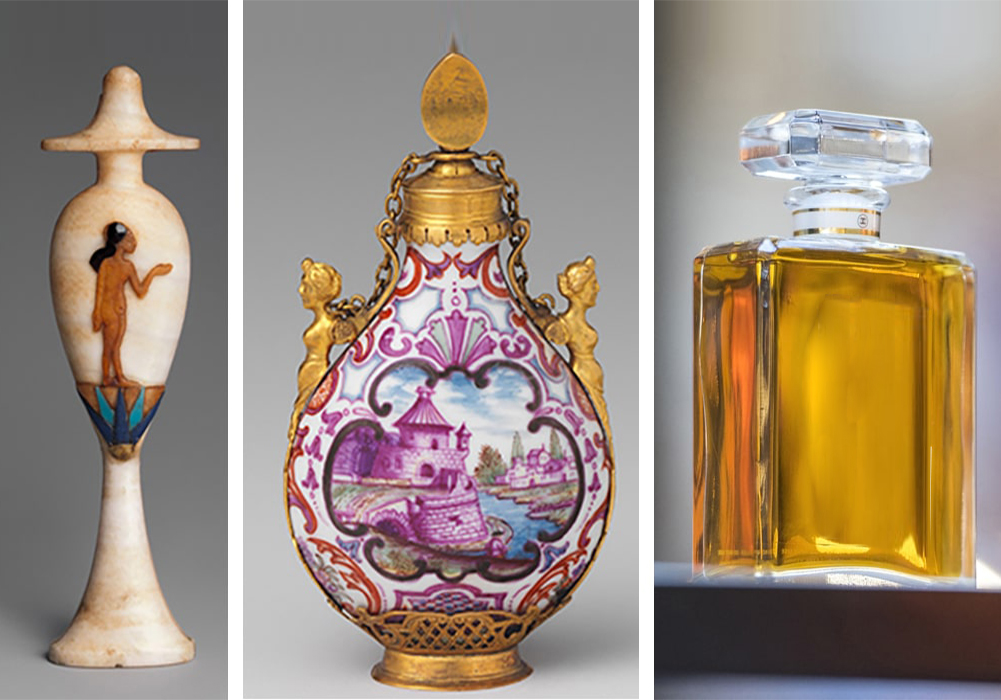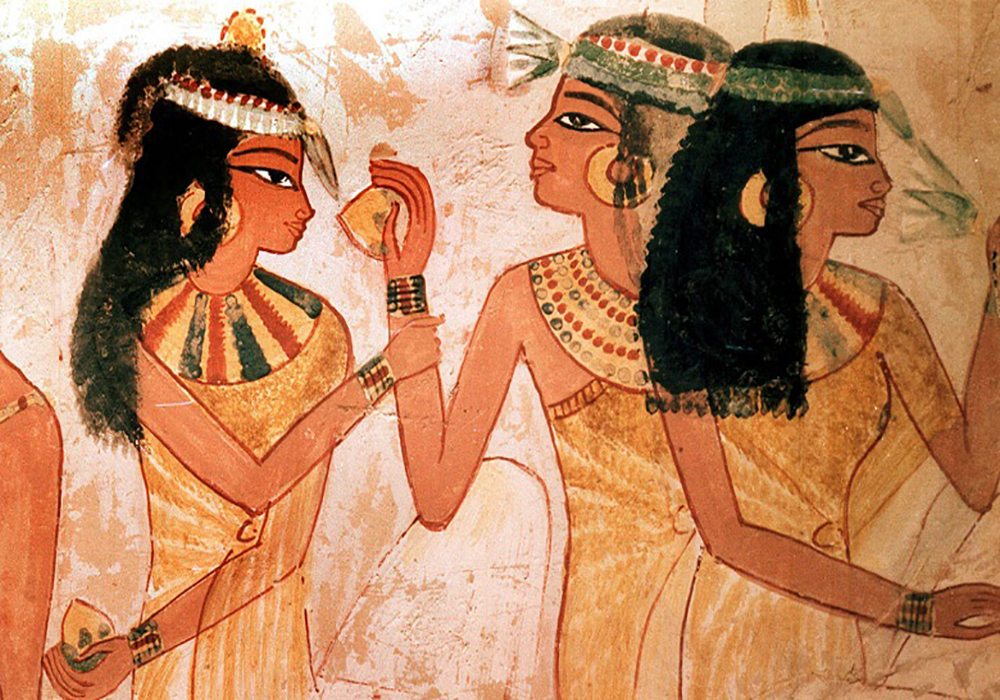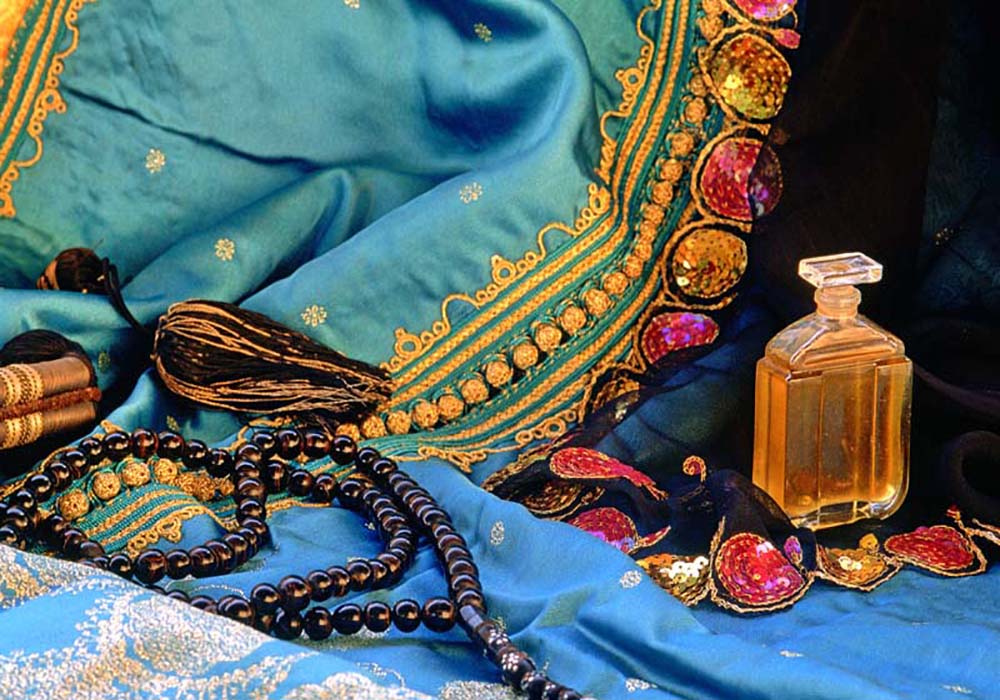The science of perfume includes a variety of ingredients tailored to specific occasions and seasons. Perfumes date back 5,000 years to the ancient Egyptians who originally used them in religious ceremonies. Perfume making requires extensive knowledge of organic chemistry as well as a creative approach to combining disparate extracts into one fragrance with layers of fragrance.

Perfumes, with their intoxicating scent and ability to captivate our senses, perfumes have a fascinating and long history that began thousands of years ago.
Looking at the history of perfumes, we can trace the origin of perfumes to ancient civilizations, where perfumes were cultural, spiritual and even medicinal importance.
Let’s embark on a fragrant journey through time and explore the interesting history of perfume.

The roots of perfume can be found in ancient Mesopotamia, present-day Iraq, where people burned incense and aromatic woods as offerings to their gods. However, it was in Egypt, where Perfumery industry really flourished fragrance into an art form. Egyptians were known for their love of perfume and incorporated it into their religious rituals, daily lives, and burial practices.

Egyptian perfumers made wonderful scents using botanical ingredients such as myrrh, frankincense, rose and lily. They developed techniques for extracting aromatic essences, creating oils, balms, incense. Perfume bottles and containers are intricately designed, reflecting the importance of perfumes in Egyptian society.
Perfumery spread from Egypt to ancient Greece and Rome, where it took on new dimensions. The Greeks expanded the use of perfume to include personal grooming and aesthetic improvement. They made scented oils, scented baths and even scented powders. Perfumes eventually became a symbol of luxury and were associated with ruling families, the wealthy class, and the elite of society.
During the Roman Empire, perfumes reached new heights of popularity.
Roman perfumers developed innovative technologies for distilling aromatic ingredients, producing highly desirable fragrances.
Perfumes have become an integral part of Roman culture, with smells adorning bodies, clothes and even public places.


The art of perfume blending flourished during the Islamic Golden Age, especially in the Arab world.
Perfume distillation techniques have been improved, new plant ingredients have been introduced, such as jasmine and citrus.
Arab perfumers were known for their mastery of perfume innovation, and their expertise spread to Europe during the Crusades.
In the Renaissance in Europe, the popularity of perfumes increased significantly, with Italy emerging as a center for perfume production. This led to the emergence of trade and exploration routes to bring exotic ingredients from distant lands, expanding the perfume palette of perfumes. So the use of perfume was prevalent among the nobility, and it became customary to wear perfume as a status symbol.
Perfumes, with their captivating aromas, owe their existence to the complex chemistry that underlies their creation. The art of perfumery involves a deep understanding of chemical compounds, molecular interactions, and olfactory perception. Let’s dive into the fascinating world of the chemistry behind perfumes and uncover the secrets of perfume creation.
At the heart of perfume chemistry are aromatic molecules. These molecules possess characteristic odors and are responsible for the odors that we perceive. Aromatic compounds can be derived from natural sources, such as flowers, fruits, spices and woods, or manufactured in the laboratory to mimic natural scents.


Natural ingredients play an important role in the creation of perfumes, and the extraction of their aromatic extracts is a delicate process.
We can use different extraction methods to isolate desired aromatic compounds from plant sources.
These methods include steam distillation, enfleurage, solvent extraction, and cold pressing.
In addition to natural ingredients, artificial fragrance molecules have revolutionized the world of perfumery. Synthetic compounds provide greater stability, consistency, and the ability to create unique odors that may not exist in nature. These molecules are carefully designed and synthesized in the laboratory to mimic natural scents or create completely new fragrances that delight olfaction.


OUR ADDRESS
Orhangazi mahallesi 1673 sokak No: 20 K: 3 Esenyurt/İstanbul
Your query has been sent